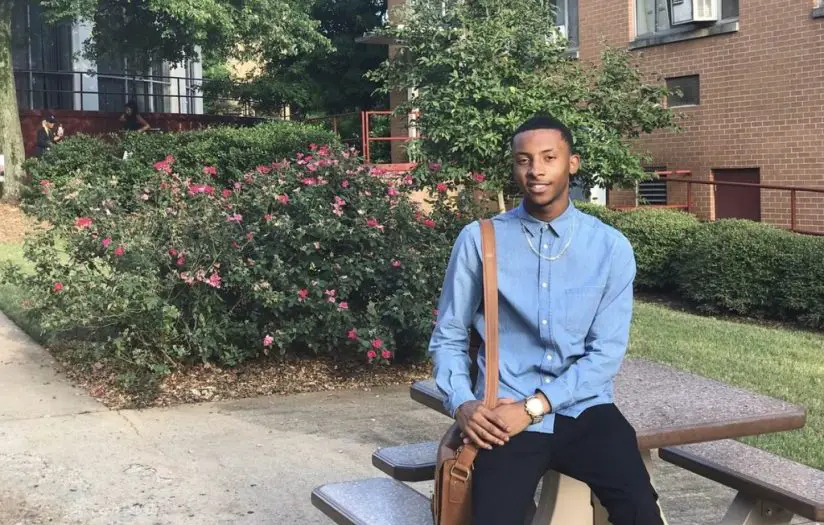Abstract
Even though some sociologists have actually suggested that Japanese Americans quickly assimilated into main-stream America, scholars of Japanese America have actually highlighted the heightened exclusion that the team experienced. This research tracked historic changes when you look at the exclusion amount of Japanese and Japanese Americans into the united states of america World that is surrounding War with homogamy and intermarriage with Whites for the prewar (1930–1940) and resettlement (1946–1966) wedding cohorts. The writers used log-linear models to census microsamples (N = 1,590,416) to calculate the chances ratios of homogamy versus intermarriage. The unadjusted odds ratios of Japanese Americans declined between cohorts and appeared as if in keeping with the assimilation hypothesis. When compositional impacts and academic pairing habits had been modified, nonetheless, the odds ratios increased and supported the exclusion hypothesis that is heightened.
In the last few years, some sociologists have argued that the value of battle declined for Blacks and other racial or ethnic minority teams.
As Payne (1989) noted, nonetheless, even if structural assimilation, including financial and academic incorporation, happens, social exclusion in intimate relationships could persist (Tinker, 1982). Wedding areas have valuable info on the social exclusionary obstacles that encourage in-group marriage, perpetuate monoethnic identification (Rosenfeld, 2008), and suppress the well-being of people by limiting their usage of distinct resources accessible to each racial and cultural team (Binning, Unzueta, Huo, & Molina, 2009). Examining racial and cultural obstacles is vital to understanding U.S. wedding areas; even yet in the modern times, they’ve been reported much more rigid than spiritual and academic obstacles (Rosenfeld, 2008). Rosenfeld (2008) proposed that, within the mid-1990s, scientists’ persistent reliance for an assimilationist framework ( e.g., Gordon, 1964) slowed the comprehension of exactly exactly how racial obstacles could continue or strengthen into the U.S.  wedding market.
wedding market.
Social barriers within the U.S. wedding market were commonly captured because of the minority group’s level of in-group versus out-group marriage because of the bulk group, internet for the influence of structural traits such as for example partners’ educational status ( e.g., Batson, Qian, & Lichter, 2006; Kalmijn, 1998; Qian & Lichter, 2007). Combining habits of Japanese Americans with Whites just after World War II, in specific, supplies a of good use possibility to know the way racial and cultural obstacles may strengthen in marriage areas when it comes to group even though assimilation is anticipated. Japanese Americans’ assimilation happens to be thought, without strong evidence that is empirical due to the model minority label (Sue & Kitano, 1973). Yet Japanese Americans experienced a clear-cut, legitimized, and complete exclusion in the mid-20th century, particularly World War II internment. The direct exclusion of Japanese Americans ended up being focused and present with time, that also enabled assessment that is empirical general simplicity when compared to extended and diffuse exclusion of Ebony People in the us (Howard-Hassmann, 2004).
We developed and tested an assimilation theory and an exclusion that is heightened aided by the U.S. wedding market. The assimilation theory implies a gradual decline that is historical the degree of in-group wedding (for example., homogamy) and a rise in the amount of intermarriage of Japanese Americans with Whites. Alternatively, the postwar marital pairing patterns of Japanese People in the us with Whites may mainly mirror the serious exclusion that heightened in and persisted to the post–World War II duration, hence changing any expectation of gradual assimilation ( e.g., Austin, 2007; Kashima, 1980; see additionally the part Heightened Exclusion Hypothesis herein). Although cross-sectional studies of Japanese American–White patterns that are pairing (Fu, 2001; Hwang, Saenz, & Aguirre, 1994), none has analyzed the historic changes within the patterns straight away before and after World War II by eliminating compositional impacts with log-linear models.
